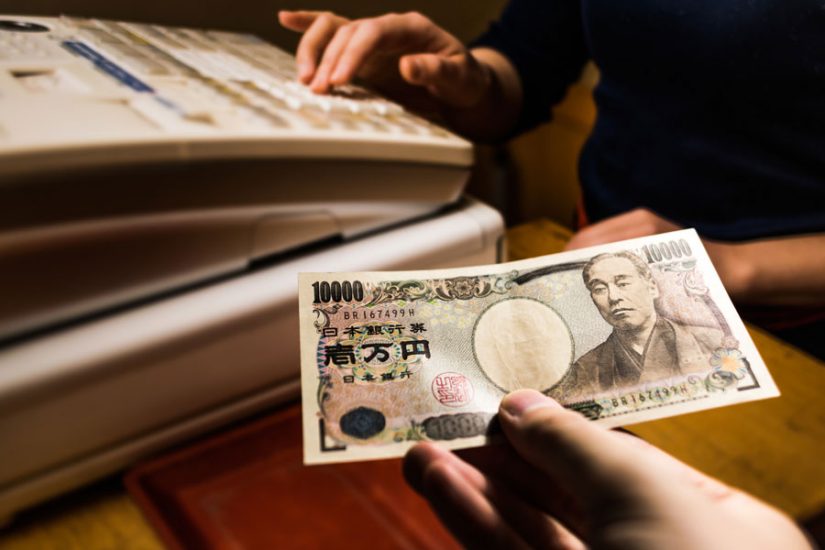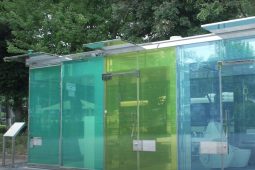An effective COVID-19 countermeasure is avoiding contact with the virus
About a year has passed since the news first spread of a mysterious outbreak of pneumonia cases in Wuhan, China. Since then, although there is a continuing trend for the new coronavirus (COVID-19) to spread, much knowledge has been gained. As a result, it has become clear that among COVID-19 countermeasures actions for avoiding contact with the virus are effective. These include hand washing, wearing a mask, and avoiding the “Three Cs” of closed spaces, crowded places, and close-contact settings.
Accordingly, more and more technologies are being implemented to inactivate viruses on common contact surfaces or to avoid touching them altogether.
A device that disinfects 1,000 banknotes a minute
Although cashless payments services such as credit cards, NFC, and QR codes are becoming more widespread in Japan , cash payments that rely on coins and banknotes are still more common. Because many people come into contact with banknotes while they are circulated, bacteria, viruses, and drugs will adhere to them. They are far away from clean, so when I touch banknotes and the like I want to wash my hands.
Hitachi-Omron Terminal Solutions, in an effort to reduce the spread of infection via banknotes, have developed a device that kills bacteria and inactivates viruses that have adhered to banknotes .
This device takes in large quantities of banknotes and note-by-note it irradiates them with ultraviolet light which disinfects and inactivates viruses. When tested on a virus with a similar structure to the coronavirus, this device successfully inactivated over 99% of the virus.
Unlike existing devices that process banknotes in bundles, this device is highly efficient because it irradiates each note one-by-one with ultraviolet light, and it is immediately effective so notes can be circulated on the market straight away. What’s more it can process banknotes at a speed of 1000 notes a minute.
Because this device can be connected to a unit that bundles banknotes into 100 note units, the process from bill insertion to bundling can be automated. It can also stamp a money band to show that the notes have been processed. This feature should be much appreciated by banks and other large-scale financial institutions that deal with large quantities of cash.
Without touching a button, operating an elevator with your smartphone
If we consider devices that are frequently touched by an uncountable number of people, elevator buttons immediately spring to mind. For that reason some people use something like a poker rather than their own fingers.
In order to reduce such trouble, Hitachi and Hitachi Building Systems have developed a system for operating an elevator with a smartphone.
This system makes use of the LINE messaging app which is used by a lot of people in Japan. Unlike existing systems of this type that require the installation of a dedicated app, the fact that the LINE app which is in common use can be repurposed is very convenient.
To ride the elevator, first open LINE and scan the QR code posted on the wall of the elevator hall. Embedded in the QR code is information which enables you to register the elevator you are about to ride as a “friend” on LINE. You can then operate the elevator by exchanging messages with the elevator as a “friend”.
Once registered as a friend, all you have to do is specify the floor you want on your smartphone’s LINE app. You can now summon the elevator and move to the desired floor without touching any buttons.
Moreover, Hitachi Building Systems is the maker of the world’s fastest elevator.








